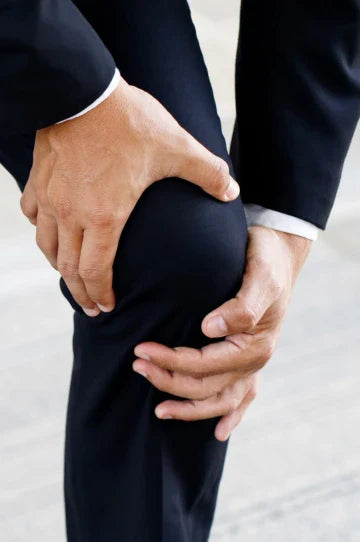





Natural treatment for diverticulitis with gentle diet, rest, and home tips to ease pain fast—plus when to see a doctor.
A flare can feel scary—sharp lower belly pain, bloating, and toilet changes. While a doctor should guide diagnosis and medicines, a natural treatment for diverticulitis can ease discomfort at home. Think rest for your gut, simple foods, fluids, warmth, and stress calming—done safely and stepwise.
Medical disclaimer: This content is for education only and is not a substitute for professional medical advice. Please consult a qualified healthcare provider for personal care.

When pain spikes, your gut needs a “mini-vacation.” Here’s a gentle, short plan many people find soothing:
Stage 1 (flare peak): Clear fluids and very soft foods—rice gruel, thin dal, strained curd rice (more curd, less rice), banana, stewed apple. Small portions, every 2–3 hours.
Stage 2 (settling): Add soft khichdi (moong dal + rice), upma with extra water, well-cooked lauki/tori, mashed potato, oats porridge.
Stage 3 (recovery): Slowly bring back fibre. Chew well. Add one item at a time.
Tip: If pain or fever increases at any stage, step back and contact your doctor.
Plain curd or dahi can be soothing for many. Start with a few spoons, see how you feel. Later, consider a daily probiotic-rich food (curd, chaas, kanji). If you use supplements, take them only after medical advice.
Fibre helps prevent future flares by keeping stools soft. But add it after pain settles.
Some flare-ups do need antibiotics and medical monitoring. Natural steps are supportive, not a replacement. If you have fever, vomiting, severe or worsening pain, blood in stool, or can’t keep fluids down, seek urgent care.

When stress rises, gut nerves fire more. Muscles tighten; pain feels sharper.
Gut Reset: Digestive support for bloating and irregularity → Gut Reset
Tranquil Tonic: For calm and sleep (may help the gut–brain loop) → Tranquil Tonic
Explore our Digestion & Gut Health category for more resources.
Treatment for Joint Pain and Stiffness: Simple Natural Relief | Amiy Naturals
Best treatment for sore muscles after workout: simple fixes - Amiy Naturals
A1: Rest your gut with clear fluids and very soft foods for 24–48 hours (doctor-advised), use a warm compress, hydrate, and practise slow breathing. Seek care if fever, vomiting, or severe pain appears.
A2: Clear fluids, rice kanji, thin moong dal soup, curd, banana, stewed apple, and well-cooked low-fibre veg. Add foods slowly as pain settles.
A3: After pain eases. Reintroduce soft fibre first (oats, cooked dal), then whole grains and more veg over 1–3 weeks, with plenty of water.
A4: Many people tolerate curd/chaas well after the peak pain phase. Start small. Discuss supplements with your doctor.
A5: No. Natural care supports comfort. Some cases need antibiotics or hospital care. Always follow medical advice.
A6: Many feel better lying on the left side with knees bent. Add a warm compress for 15–20 minutes.
If your flare is settling and you’re rebuilding your routine, Gut Reset may support easier digestion and reduce bloating during recovery. Its Complex Plant Elixir™ combines botanicals chosen to be gentle yet effective for everyday gut comfort. Try Gut Reset as part of a doctor-guided plan.
Struggling with body tension that worsens belly pain? A calming evening ritual plus Muscle Mercy for local comfort, and better sleep hygiene, may help you relax. Explore our Digestion & Gut Health collection to build your toolkit.
You can also search for: Ayurvedic Treatment For Acid Reflux Natural Cure By Amiy Naturals | Ayurvedic Treatment For Anxiety Amiy Naturals Oral Drops | Ayurvedic Treatment For Insomnia Sleep Disorders Naturally | Best Treatment For Hyperpigmentation On Face | Gastroenteritis Treatment | Knee Pain Treatment In Ayurveda Simple Natural Relief | Natural Ayurvedic Treatment For Pimples Amiy Natural | Sciatica Pain Ayurvedic Treatment Amiy Naturals Herbal Oral Drops | Treatment For Red Spots On Face | Pages/Muscle Mood Combo For Treatment | Treatment Page | Treatments Acne Sos